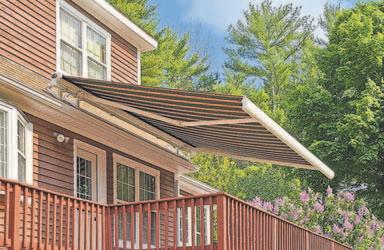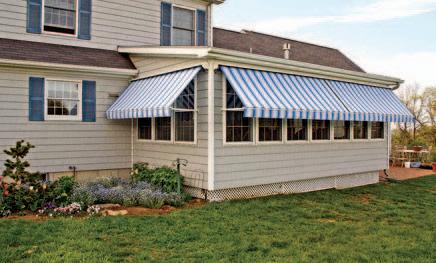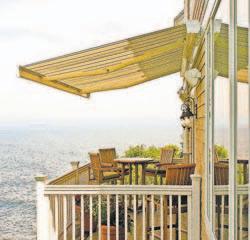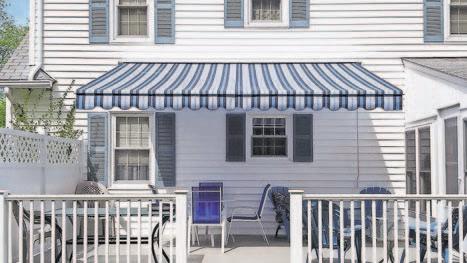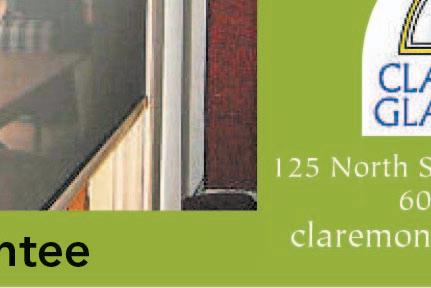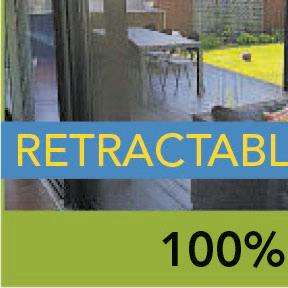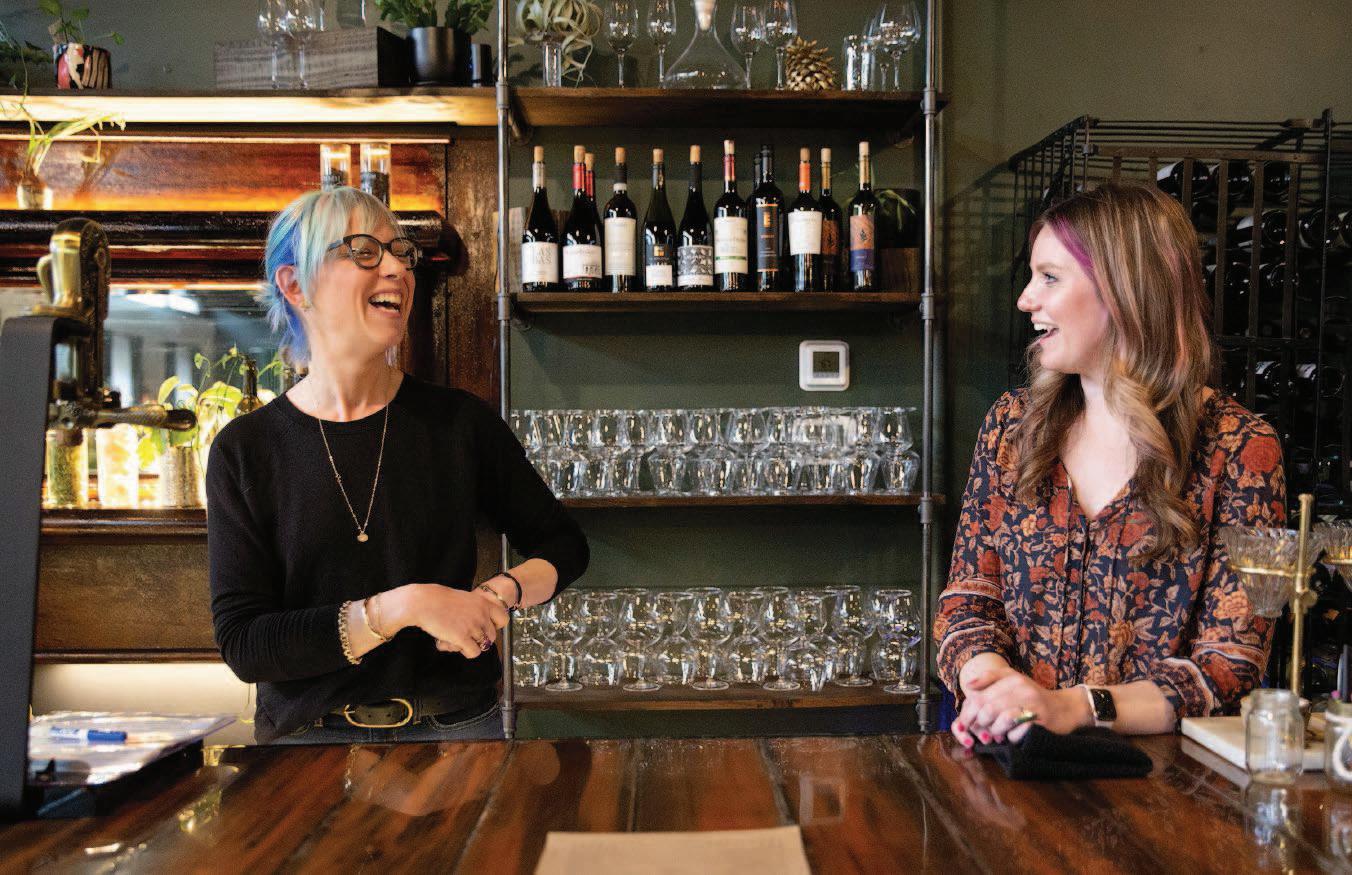
4 minute read
Twin States wine producers discuss industry growth
by Smckenna
W INE FROM 12
“I have long been a firm believer that wine is made in the vineyard, not the cellar,”Heekin said. Heekin planted her first vines in Barnard in 2007.
Advertisement
“When I did that, I realized that was what I wanted to do,”Heekin said. “I wanted to be growing and making wine and be able to say what a place like Vermont has to say as a serious wine region.”
Today, La Garagista grows grapes in two vineyards in Barnard and two in the Champlain Valley area. The vineyard’s first vintage was bottled in 2010. The vineyard’s Italian name translates to mechanic —or woman who makes wine in her garage.
“That is how I began,”Heekin said.
The couple closed the restaurant in 2017to focus solely on the winery, which includes flower, vegetable and herb gardens.
With no pre-established rules for winemaking in Vermont and New Hampshire, Heekin said there’s more “creative freedom.”
“What is exciting about that is as producers we get to try all different kinds of traditional techniques in winemaking with these varieties to see how they respond,”Heekin said. “Techniques that help these wines tell a story about where we live. For me, I have found every technique we have used has been interesting. Hybrids to me are very flexible. They don’t make just one kind of cookiecutter wine.”
Robert Elliott, president of the New Hampshire Wine Association and owner of Squamscott Winery in Newfields, N.H., said it has been a challenge to convince wine lovers to consider something besides well-known grapes like Chardonnay, Pinot Noir and Cabernet Sauvignon. Elliott said most people who consider a New Hampshire wine are not familiar with the names of the varietals grown in cool and cold climates.
“Many times a visitor will come in and ask for a vinifera varietal, such as a Chardonnay, or Cabernet Sauvignon, which we can’t grow,”Elliott said. “New Hampshire is a fairly new —and growing — wine producing region. Many visitors are surprised to learn that we can grow our own grapes and make many styles of white, red and rosé wines.”
New Hampshire state liquor stores have a section devoted to New Hampshire wines, which have won awards outside the state, Elliott said.
“We hope that when they buy it, they will want to visit the winery,”Elliott said.
The web site of the N.H. Wine Association, with
25 member wineries, lists 13 cold climate varieties, which likely do not resonate with most wine drinkers. These include white varietals such as Brianna, the newest white cold hardy grape; Cayuga, a French-hybrid grape; Chancellor; and reds such Frontenac and Marechal Foch, described as “the most popular and widespread red grape throughout northern states and Canada.”
Kendra Knapik, recently elected president of the Vermont Grape and Wine Council, which advocates for the state’s winemakers, said Vermont producers initially tried to apply the same processes to these new varietals that are used with well-known grapes.
“They were trying to make them into something else,”Knapik said
She credits Heekin and others with bringing a more natural and organic approach to growing the region’s grape varietals with less intervention.
“Dierdre helped teach that you can make really good wine from these different varieties if you let them show their true colors,”Knapik, who owns Ellison Estate Vineyards in Grand Isle, Vt., said. “So there is a new wave of winemakers that have this more natural focus.”
Elliott said for growing grapes there are three distinct climates: hot, cool and cold. New Hampshire’s coastal area is cool but to the north and west, cold takes over.
Hybrid grapes for both red and white wines have been developed to not only survive temperatures as low as minus 45 degrees but also are resistant to disease caused by too much rain and humidity, conditions prevalent in the Northeast.
“Fungal diseases in grapevines are more prevalent in humid climates like Northern New England, so we try to help the vineyards become more naturally resistant to these diseases,” Heekin said. “Of course, we are working with varieties that already have some native resistance, so they have a leg up, but they are not immune, and the farming is often focused on methods to help the vines in humid circumstances.”
Wine as a story
Kelsey Rush does not grow grapes or make wine, but she is no less of an oenophile. About three months ago Rush opened Putnam Vine/yard in the historic 1930 railroad building in White River Junction that was previously home to the Engine Room. In her approach to wine, Rush looks beyond the taste of a good glass of wine to the story behind it.
“There are so many interesting stories with wine,”Rush said one morning at Putnam’s. “It is very easy —no matter what your intellectual passion is —to find some nugget with a bottle of wine and want to learn more about it. I think that curiosity is super interesting.”
Rush, a Dartmouth College graduate who returned to the area after several years in California’s health care tech industry, said she enjoys learning about wine as much as she does having a glass. That interest led her to obtain her Court of Master Sommeliers certificate, which is awarded to those who have demonstrated an exemplary knowledge of wine.
“I did it mostly for fun,”Rush said. “I love tasting wine and the stories of winemaking. It felt like
I was drinking a story and I love that.”
Looking for a “passion project,”to share her love of wine and its history, Rush signed the lease on the space for Putnam’s about a year ago and completed all the renovations —including painting and wallpapering —herself.
Victoria Tuvet, the sommelier and wine educator at Putnam’s, said the business rotates out its monthly wine menu with a theme such as a California road trip, a color theme- red, white, rose, orange and more recently, southern hemisphere.
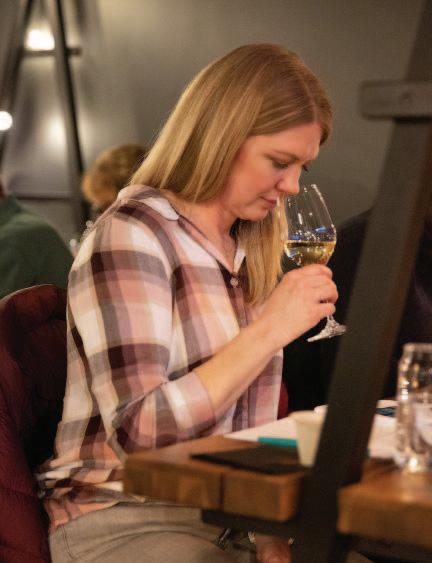
“It has been fun to pick and choose what we think would be interesting,”Tuvet said. “We also try to showcase women-owned or family-owned wineries.
“There is definitely an interest in learning more about winemaking here. People have a lot of questions.”
At Putnam’s, which also serves coffees, teas and regional craft beer, Rush holds wine tasting classes on what was a performance stage.
“We call it educational drinking,”Rush said. “We lean into that here. We have prepared stories and notes from all the glasses we pour. We want wine with a story behind it and only drink the people and stories we find interesting.”
Knapik, with the Vermont Grape and Wine Council, said Vermont wines have been featured in The New York Times, Travel and Leisure, and Food & Wine and that bodes well for the future of the state’s wine industry.
“We realize this could be an important industry for Vermont,”Knapik said. “It is an exciting time to be in Vermont winemaking and New Hampshire as well because there is renewed energy to embrace varietals grown here.”
Patrick O’Gradycan bereached atpogclmt@ gmail.com.
SummerSpace® awnings will transform your outdoor space!
